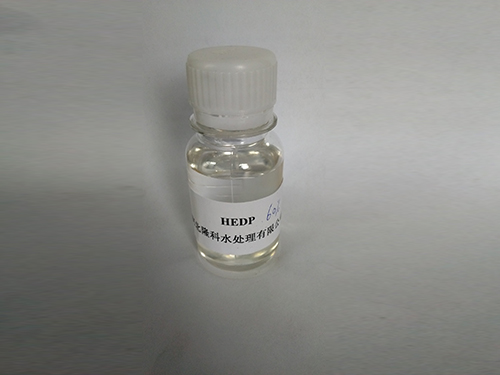polyacrylamide uses
The Versatile Uses of Polyacrylamide
Polyacrylamide (PAM) is a synthetic polymer that has gained immense popularity across various industries due to its versatility and unique properties. First synthesized in the 1950s, this compound is primarily known for its ability to absorb water and enhance the physical properties of materials. As we delve into the myriad applications of polyacrylamide, it becomes clear why it has become a cornerstone in both industrial and environmental processes.
Water Treatment
One of the most significant applications of polyacrylamide is in water treatment. PAM is widely utilized as a flocculant, a substance that promotes the clumping of particles in water, thereby facilitating their removal. In municipal and industrial wastewater treatment facilities, PAM helps to aggregate suspended solids, making them easier to separate and dispose of. This application not only enhances the quality of wastewater discharged into the environment but also plays a crucial role in protecting public health by ensuring safe drinking water.
Agriculture
Polyacrylamide has also made a substantial impact in the agricultural sector, particularly in soil management. Its ability to retain moisture in soil helps to reduce the frequency of irrigation, thus conserving water. This is especially useful in arid and semi-arid regions where water scarcity is a pressing issue. Additionally, PAM aids in soil erosion control by stabilizing soil structure. Farmers often use polyacrylamide in irrigation systems to improve water infiltration and reduce runoff, ultimately leading to higher crop yields and sustainable farming practices.
Oil and Gas Industry
In the oil and gas sector, polyacrylamide serves as a critical component in enhanced oil recovery (EOR) processes. By injecting PAM into oil reservoirs, the viscosity of the crude oil is altered, which facilitates its flow towards production wells. This process can significantly increase the amount of oil that can be recovered from existing fields, thereby enhancing the overall efficiency of oil extraction operations. The use of polyacrylamide in this capacity not only boosts production but also minimizes environmental impacts associated with oil extraction.
polyacrylamide uses

Cosmetics and Personal Care Products
Beyond industrial applications, polyacrylamide has found its way into the beauty and personal care industry. It is commonly used as a thickening agent and stabilizer in creams, lotions, and gels. The polymer’s ability to provide a smooth texture and enhance the application of products makes it a favorite among formulators. Additionally, PAM is used in hair products to improve the conditioning properties and manageability of hair, showcasing its multifunctional benefits beyond its primary applications.
Biomedical Applications
The biomedical field has also embraced polyacrylamide for various applications. PAM gels are utilized in electrophoresis, a technique used to separate macromolecules like proteins and nucleic acids based on size and charge. This application is vital in research and diagnostics, helping scientists to analyze biomolecules with precision. Furthermore, polyacrylamide is being investigated as a potential material for controlled drug delivery systems, where its hydrophilic properties can be harnessed to regulate the release of medications over time.
Environmental Applications
In recent years, the environmental applications of polyacrylamide have become increasingly prominent. Researchers and engineers have explored its use in mitigating the effects of pollutants, particularly in the treatment of contaminated soils. PAM can aid in the immobilization of heavy metals and other hazardous materials, preventing their spread and reducing their bioavailability. This capability is crucial for cleanup efforts in polluted sites, contributing positively to environmental remediation initiatives.
Conclusion
The diverse applications of polyacrylamide highlight its significance across sectors such as water treatment, agriculture, oil and gas, cosmetics, biomedical fields, and environmental management. Its unique properties—ranging from moisture retention to particle aggregation—underscore its versatility and effectiveness as a multifunctional polymer. As industries increasingly prioritize sustainability and efficiency, the role of polyacrylamide is likely to expand, offering innovative solutions to pressing global challenges. Whether enhancing agricultural practices, improving water quality, or facilitating medical research, polyacrylamide stands out as an invaluable resource in the quest for progress and sustainability.
-
Water Treatment with Flocculant Water TreatmentNewsJun.12,2025
-
Polymaleic AnhydrideNewsJun.12,2025
-
Polyaspartic AcidNewsJun.12,2025
-
Enhance Industrial Processes with IsothiazolinonesNewsJun.12,2025
-
Enhance Industrial Processes with PBTCA SolutionsNewsJun.12,2025
-
Dodecyldimethylbenzylammonium Chloride SolutionsNewsJun.12,2025





